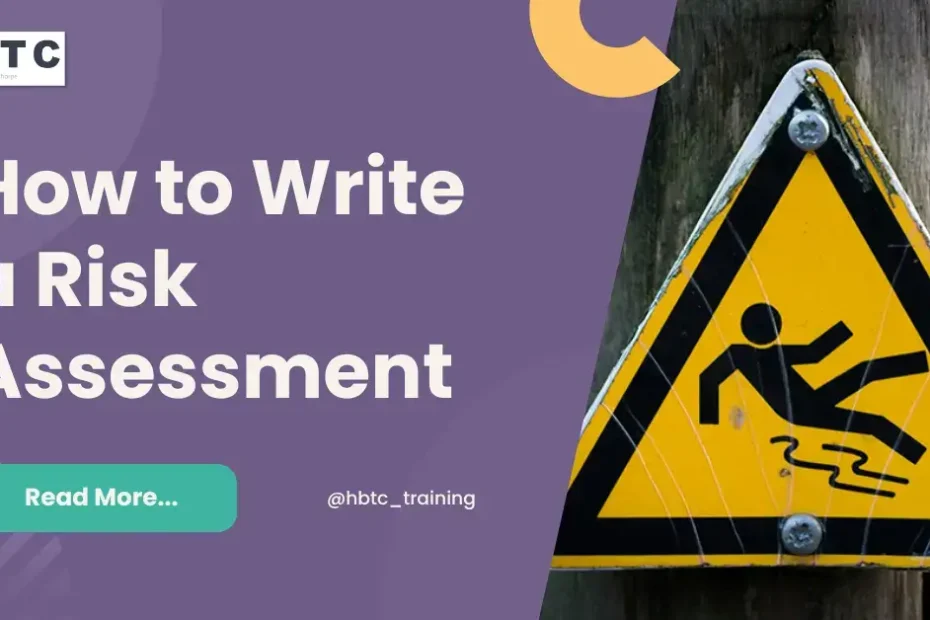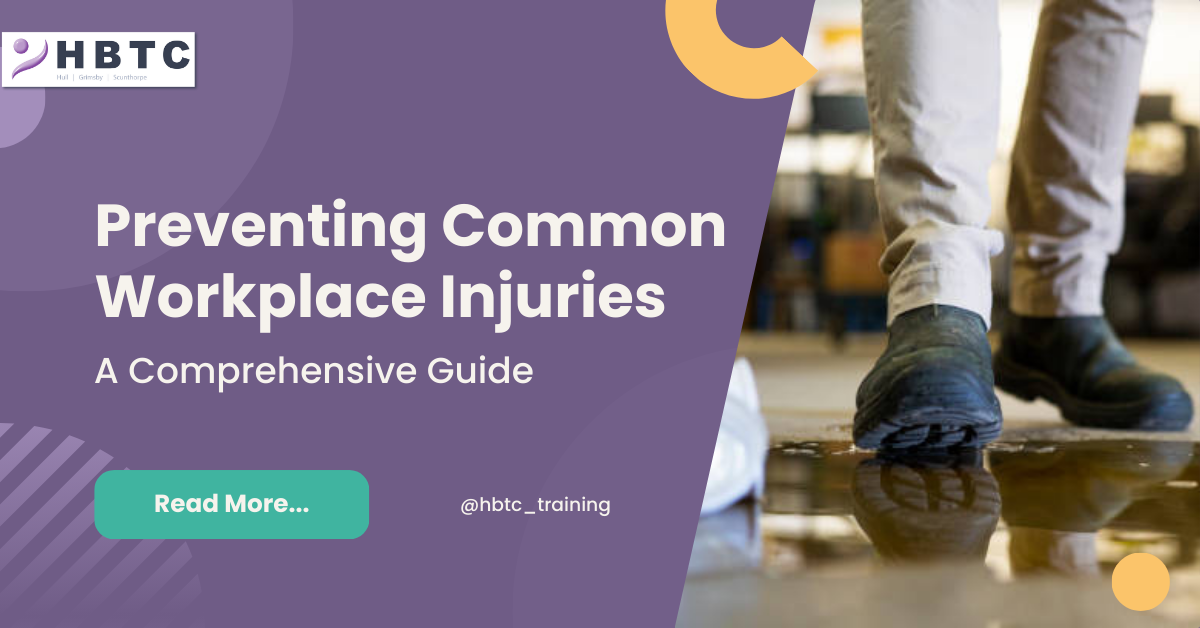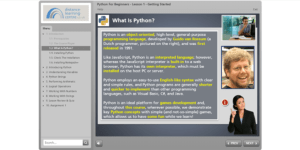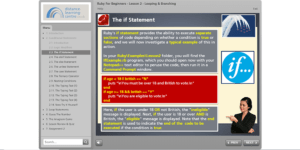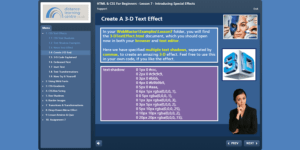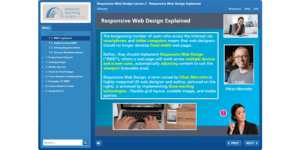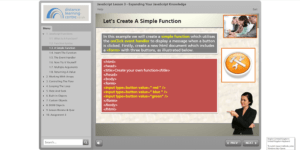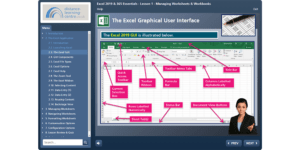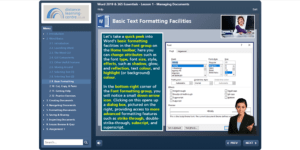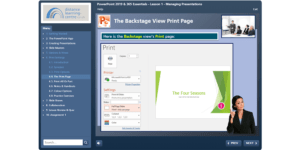How to Write a Risk Assessment
Risk assessments can often be tedious, frustrating to create, and take a lot of time out of your day. If you find yourself in this situation, then don’t panic! You’re in luck; we have you covered. We will be discussing in this article the 5 key steps to creating a simple risk assessment.
Risk assessments are essential in the workplace. As an employer, you should already be managing any significant risks for all workers in your workplace and this includes and apprentices in your organisation. There may also be additional factors you need to consider when employing an apprentice, particularly someone new to the work environment, as they may not be as experienced and therefore be at greater risk.
Step 1: Identify Hazards
Scout around in your business. What can cause harm? These are referred to as ‘hazards’. These can be:
- How people work and what equipment is used
- What safe or unsafe work practices exist
- The state of your current work premises
For each of these hazards, think about how it could lead to harm. Speak to workers too as they can provide some great ideas and hazards that you might not have noticed yourself.
Step 2: Assess the Risks
Once you have gathered together all the hazards you can spot or think of, the next step is to start thinking about how likely it is to lead to harm and, more importantly, how serious it could be.
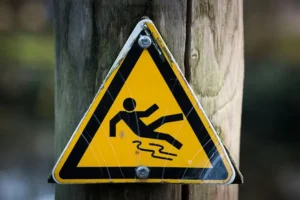
You can assess a risk by figuring out:
- Who could be harmed and how?
- What measures are already in place to control the risk?
- Who would carry out the appropriate actions?
- What date is the action needed by?
- What further actions are needed?
Step 3: Control the Risks
Let’s recap, so far we have identified the risks, we have now assessed them, and understand them. Next, we have to look at what can be done to mitigate them. Firstly ask yourself, can this hazard be removed altogether? Next, ask if this cannot be done, what controls can I put into place to reduce the chances of harm?
If you’re struggling to figure out what can be done, look through these and see if they can help:
- Changing machinery, materials, items, or processes
- Providing PPE equipment and ensuring workers adhere to it
- Changing job responsibilities to mitigate the hazard
Step 4: Record your Findings
If you employ 5 or more people, you must now record your findings. These will need to be included:
- The hazards
- Who is at risk and could be harmed?
- What steps are you taking to mitigate the risk?
Step 5: Review the Controls
Finally, you must review how the controls are performing. This is self-explanatory. Keep monitoring and reviewing, if your risk assessment needs changes again in the future. Head back to step 1 and repeat this process.
Conclusion
If you follow these 5 simple steps, you can create a simple but effective risk assessment in your workplace. If you would like to check out any templates or learn more about risk assessments, then take a look at the HSE’s website.
You may also be interested in…

Toby Greenfield
Toby is our Learner Engagement Marketing Apprentice and is involved with all things social media and content development. He is also responsible for attending careers events and delivering presentations. Toby is dedicated to showcasing the apprenticeship opportunities available for individuals and businesses to embark upon.
